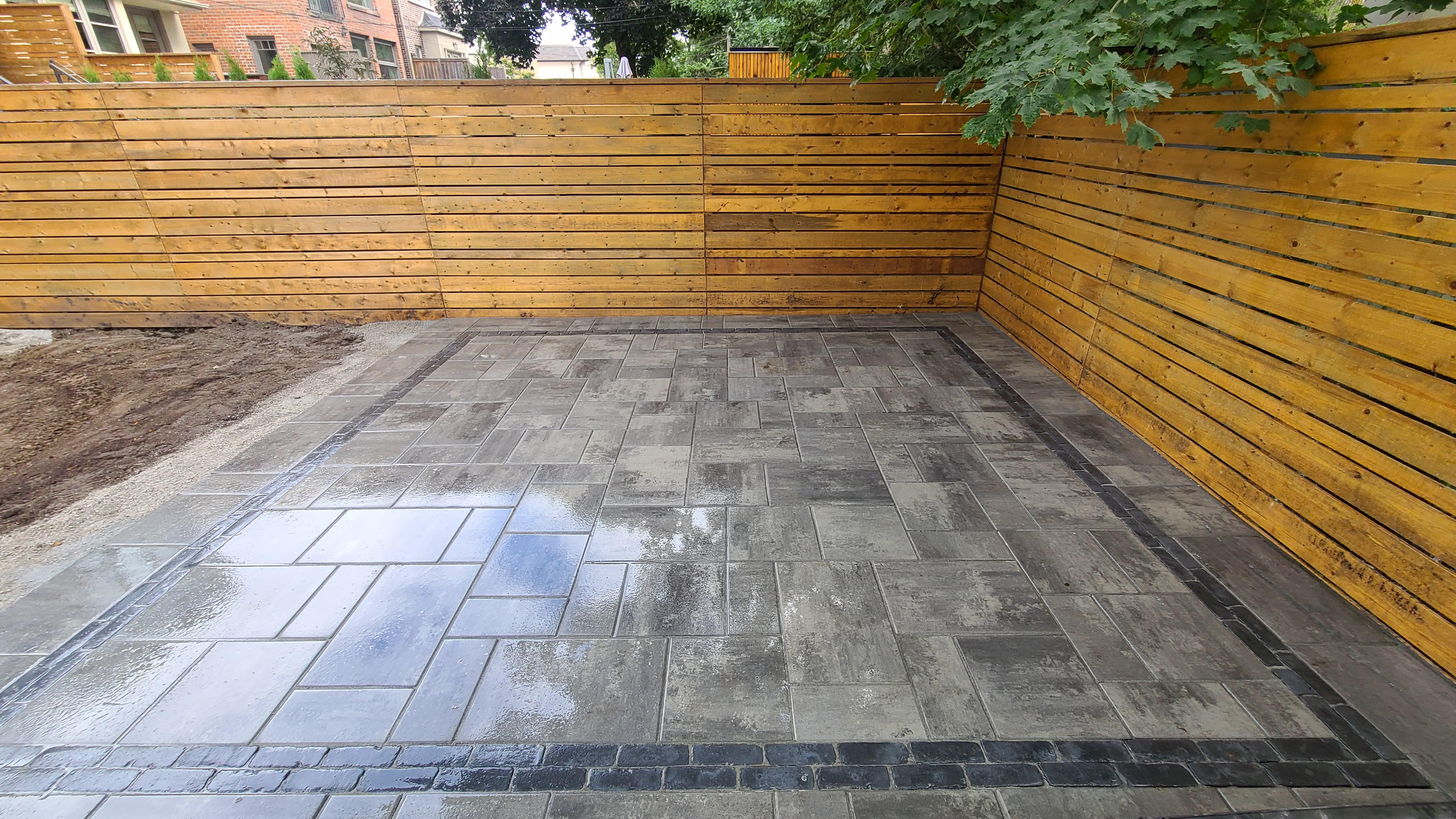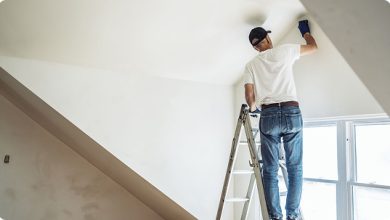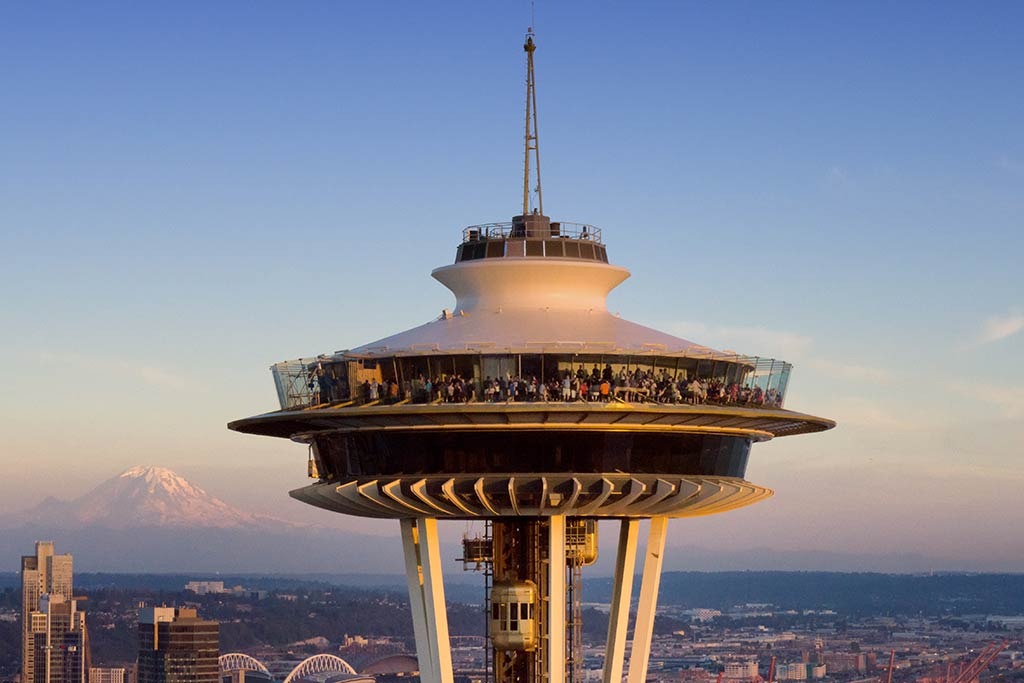Interlock Paver Sealing Services: What to Expect Before, During, and After

A well-designed outdoor space brings both curb appeal and comfort, but the real difference comes down to how you maintain it. Interlock pavers, while durable, are constantly exposed to Canada’s changing weather—freezing winters, thawing springs, and heavy summer rains. Over time, this can dull their colour, create gaps, and even allow weeds to creep in. That’s where professional Interlock Paver Sealing Services come in. Knowing what to expect before, during, and after sealing will help you make the most of this investment in your property.
Why Sealing Interlock Pavers Matters
Sealing isn’t just about looks. It’s about protection. Without it, moisture seeps into joints and under the surface, leading to cracks during freeze-thaw cycles. Oil stains from cars, spilled drinks at summer barbecues, and even salt in winter can leave lasting marks. A quality sealant creates a barrier that resists stains, preserves colour, and strengthens the surface against wear. In other words, sealing keeps your outdoor space looking polished while reducing long-term repair costs.
Preparing Your Pavers: The Essential First Step
Preparation is where everything begins. Before sealing, your pavers need to be thoroughly cleaned. This usually means pressure washing to remove dirt, moss, weeds, and any lingering sand or debris between joints. If there are damaged or sunken stones, they should be lifted and reset. Think of this stage as laying the groundwork for the sealant to bond properly. A rushed or sloppy prep job means the finish won’t last as long or look as good.
For homeowners, this stage is also the time to ask questions about the type of sealant being used and whether it suits your specific paver style and environment.
What Happens on Sealing Day
The sealing process itself is straightforward but precise. Professionals usually apply the sealant with a sprayer or roller, making sure coverage is even across the entire surface. Depending on the product, one or two coats may be required. Drying time is critical here—you’ll often need to stay off the area for 24–48 hours to allow the sealant to cure.
The finish can be tailored to your preference. Some sealants create a glossy, wet-look finish that enhances colour vibrancy, while others keep a natural matte appearance. Either way, the goal is durability and protection without sacrificing aesthetics.
Immediate Results You Can Expect
Once the sealant dries, the difference is noticeable right away. Colours look richer, stains are less visible, and the surface feels refreshed. But the most important changes are the ones you can’t see: a water-resistant shield that keeps moisture out, UV protection that reduces fading, and stronger joints that hold sand in place.
This is also when many homeowners realize how much easier cleaning becomes. Dust and spills sit on the surface rather than soaking in, making maintenance less time-consuming.
Caring for Your Pavers After Sealing
Sealing doesn’t mean you can ignore your pavers. Routine sweeping, rinsing, and occasional spot cleaning go a long way. Avoid using harsh chemicals or power washing too aggressively, as this can shorten the lifespan of the sealant.
Over time, exposure to sun, snow, and rain will wear down the seal. Most professionals recommend resealing every two to three years, depending on use and exposure. Following this schedule helps you maintain the protective layer and extend the life of your pavers.
Common Mistakes Homeowners Should Avoid
One of the biggest mistakes is sealing too soon after installation. Fresh pavers need time to settle and allow any natural efflorescence (white chalky residue) to emerge before sealing. Skipping proper cleaning before application is another issue—it locks dirt and weeds under the seal, which defeats the purpose.
DIY sealing is possible, but uneven application, using the wrong product, or failing to control drying conditions often leads to disappointing results. Professional application ensures the seal lasts longer and looks better.
How Sealing Adds Value to Your Home
Curb appeal plays a huge role in property value. A well-sealed driveway, walkway, or patio signals care and quality. Beyond aesthetics, it sends a message to future buyers that the property has been maintained properly. In competitive real estate markets, these small details can influence the final selling price or how quickly your home moves off the market.
Additional Benefits Beyond Protection
Sealed pavers aren’t just more durable—they’re safer too. Sealants can reduce surface erosion and help keep joints tightly locked, minimizing the risk of tripping over loose stones. In colder months, some sealants also make it harder for ice and snow to bond tightly to the surface, making shovelling easier. These practical benefits add to the long-term return on investment.
Wrapping It Up
Sealing interlock pavers is more than a finishing touch—it’s an essential part of keeping your outdoor space beautiful and functional. From thorough preparation and careful application to ongoing care, each stage plays a role in how well the seal holds up. The immediate visual boost is undeniable, but the real payoff comes in the form of lasting protection, easier upkeep, and added property value. If you know what to expect before, during, and after, you can step into the process with confidence and enjoy the results for years to come.



